Unveiling the Science Behind Wood Beam Testing: A Comprehensive Guide
Overview of Wood Beam Testing
Wood beams, also known as timber beams, are critical components in construction and furniture manufacturing. Understanding their quality and properties through precise testing is essential for ensuring safety and performance. This article explores the scientific approach to wood beam testing, covering sample selection, testing parameters, instruments, and methods. Join us as we delve into the fascinating details of this essential process.
Sample Selection for Wood Beam Testing
Choosing the right samples is the first step in wood beam testing. **Samples should represent the species, grade, and condition** of the wood used in applications. Typically, samples are taken from freshly cut beams or stored timber to ensure reliability. Factors such as moisture content, grain direction, and wood defects like knots or cracks are carefully evaluated to ensure the test results are accurate and applicable.
Key Testing Parameters for Wood Beams
Testing wood beams involves analyzing several critical parameters to determine their performance and durability. These include:
- Density: Determines the wood's strength and stiffness.
- Moisture Content: Affects shrinkage, expansion, and overall structural integrity.
- Flexural Strength: Evaluates the beam's ability to resist bending under load.
- Compression Strength: Measures resistance to crushing forces.
- Elastic Modulus: Indicates the beam's stiffness under stress.
Equipment Used in Wood Beam Testing
Precise and reliable testing requires specialized equipment. Some of the commonly used instruments include:
- Universal Testing Machine (UTM): For measuring tensile, compressive, and flexural strength.
- Moisture Meters: To accurately determine the wood's moisture content.
- Digital Calipers: For precise dimensional measurements of the beam.
- Microscopes: To analyze wood grain and detect internal defects.
All instruments are calibrated and used according to industry standards to ensure the accuracy and consistency of results.
Testing Methods for Wood Beams
Various methods are applied to evaluate the properties of wood beams:
- Bending Test: A beam is subjected to loads to determine flexural strength and elasticity.
- Compression Test: Tests resistance under axial loads to measure compressive strength.
- Moisture Content Test: Non-destructive tests using moisture meters or destructive methods by oven-drying samples.
- Visual Inspection: Identifies surface and internal defects, supported by advanced imaging tools.
These methods provide a comprehensive understanding of the wood's mechanical and physical properties.
Conclusion
Wood beam testing is an indispensable process in ensuring the safety and reliability of structures and products made from timber. By combining rigorous sample selection, advanced testing parameters, precise instruments, and standardized methods, professionals can unlock the full potential of this natural material. Emphasizing scientific rigor in wood beam testing not only safeguards quality but also contributes to sustainable and efficient use of natural resources.

检测资质(部分)
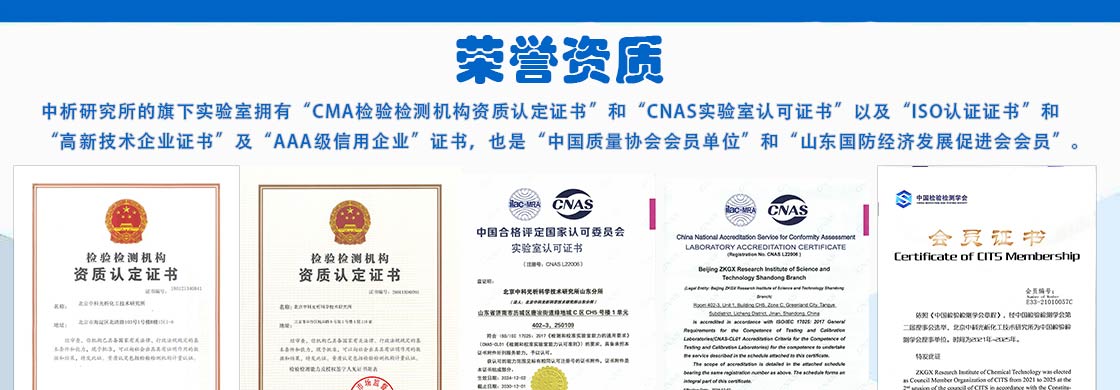
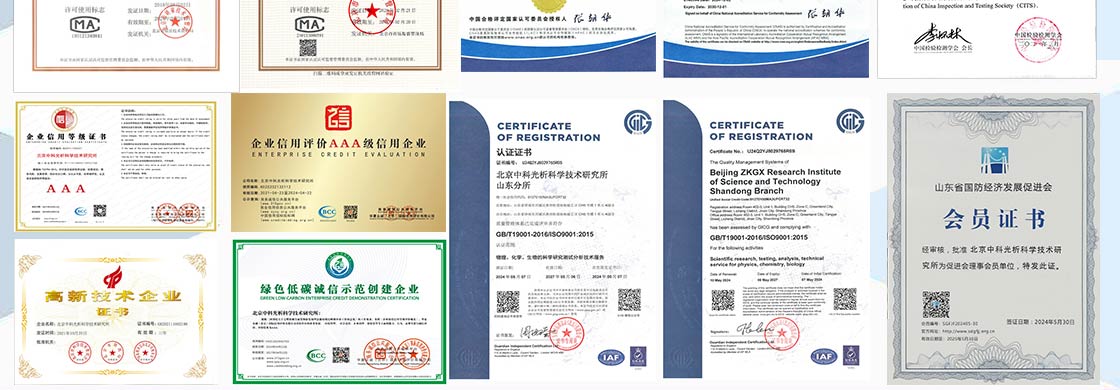

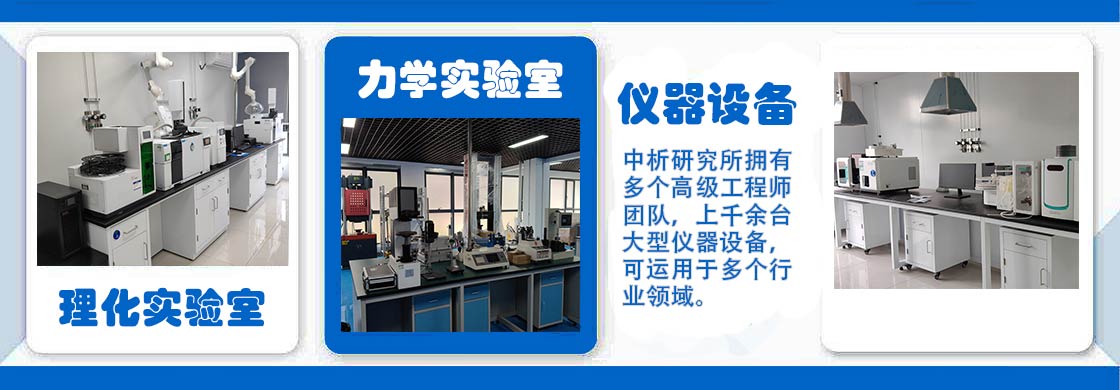
检测实验室(部分)



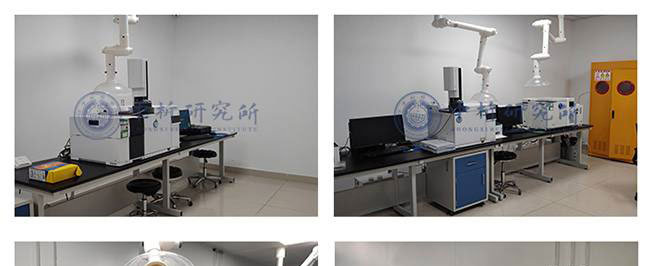
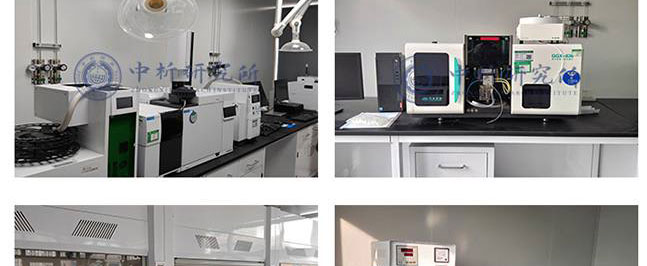
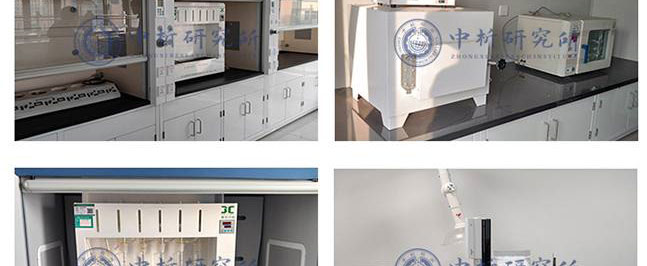
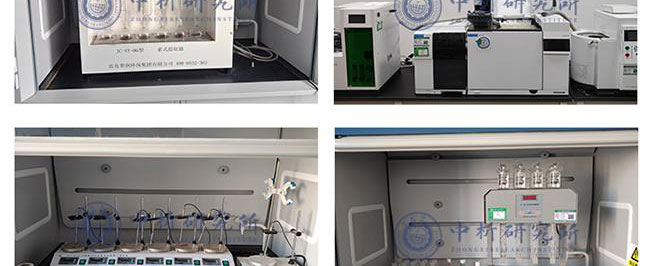
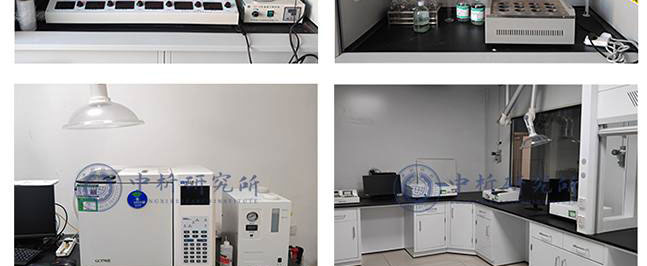
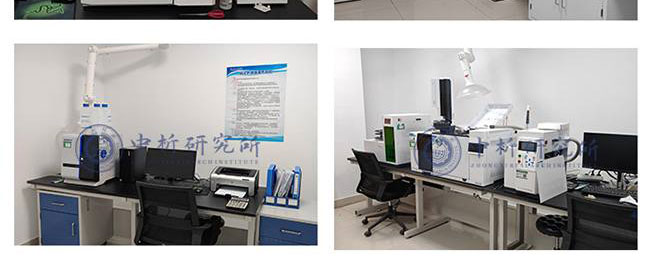
合作客户(部分)





检测报告作用
1、可以帮助生产商识别产品的潜在问题或缺陷,并及时改进生产工艺,保障产品的品质和安全性。
2、可以为生产商提供科学的数据,证明其产品符合国际、国家和地区相关标准和规定,从而增强产品的市场竞争力。
3、可以评估产品的质量和安全性,确保产品能够达到预期效果,同时减少潜在的健康和安全风险。
4、可以帮助生产商构建品牌形象,提高品牌信誉度,并促进产品的销售和市场推广。
5、可以确定性能和特性以及元素,例如力学性能、化学性质、物理性能、热学性能等,从而为产品设计、制造和使用提供参考。
6、可以评估产品是否含有有毒有害成分,以及是否符合环保要求,从而保障产品的安全性。
检测流程
1、中析研究所接受客户委托,为客户提供检测服务
2、客户可选择寄送样品或由我们的工程师进行采样,以确保样品的准确性和可靠性。
3、我们的工程师会对样品进行初步评估,并提供报价,以便客户了解检测成本。
4、双方将就检测项目进行详细沟通,并签署保密协议,以保证客户信息的保密性。在此基础上,我们将进行测试试验.
5、在检测过程中,我们将与客户进行密切沟通,以便随时调整测试方案,确保测试进度。
6、试验测试通常在7-15个工作日内完成,具体时间根据样品的类型和数量而定。
7、出具检测样品报告,以便客户了解测试结果和检测数据,为客户提供有力的支持和帮助。
以上为Unveiling the Science Behind Wood Beam Testing: A Comprehensive Guide的检测内容,如需更多内容以及服务请联系在线工程师。
